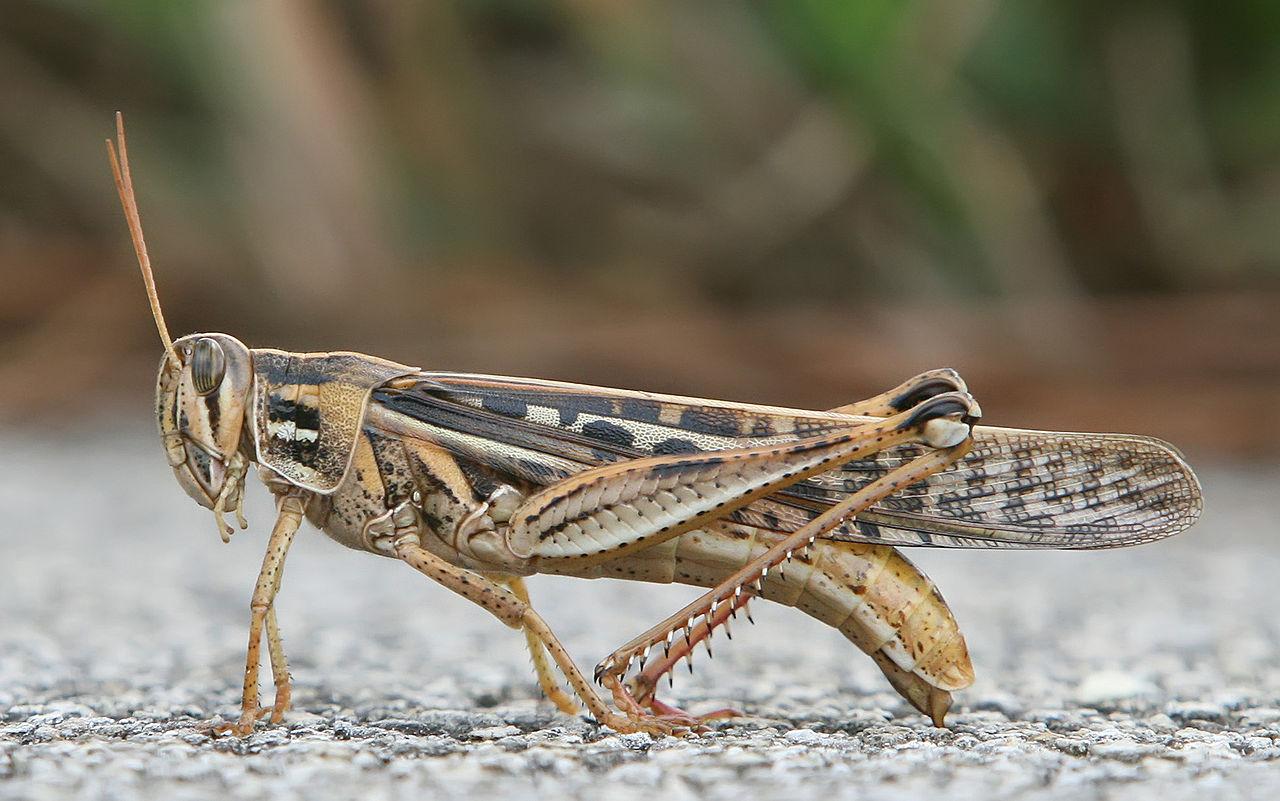Y: What are you looking at, Don?
D: There’s a little bug on this houseplant that’s been doing crazy acrobatics for the past few minutes.
Y: I’ve always wondered how bugs handle being upside down for so long.
D: That’s a good question, especially since insects don’t have a closed circulatory system like we humans do.
Y: Does that help?
D: When we’re upside down—doing a handstand, for example—it’s what keeps us alive. Our circulatory system responds by making our hearts beat more slowly and making the blood vessels leading to our brains constrict so all our blood doesn’t pool there. Since insects have an open circulatory system that works differently, scientists wondered how their bodies dealt with the effects of gravity when they’re upside down. They took x-ray images of live grasshoppers to find out. Their research showed that when grasshoppers are in a head-up position, their heads are filled with open-air sacs and very little hemolymph, which is the fluid bugs have in their bodies instead of blood, while their abdomens are filled with compressed air sacs and a lot of hemolymph. When grasshoppers are in a head-down position, it’s the opposite—their heads are filled with hemolymph and compressed air sacs, while their abdomens have very little hemolymph and lots of open-air sacs.
Y: So how do their bodies cope with all that hemolymph going to their heads?
D: Scientists think there’s likely a valve in their bodies that prevents all the hemolymph from pooling in their brains. They also found the upside-down grasshoppers had reduced heart rates and increased ventilation rates, which help too.
Y: Glad to hear they can keep doing all the acrobatics their hearts desire.









